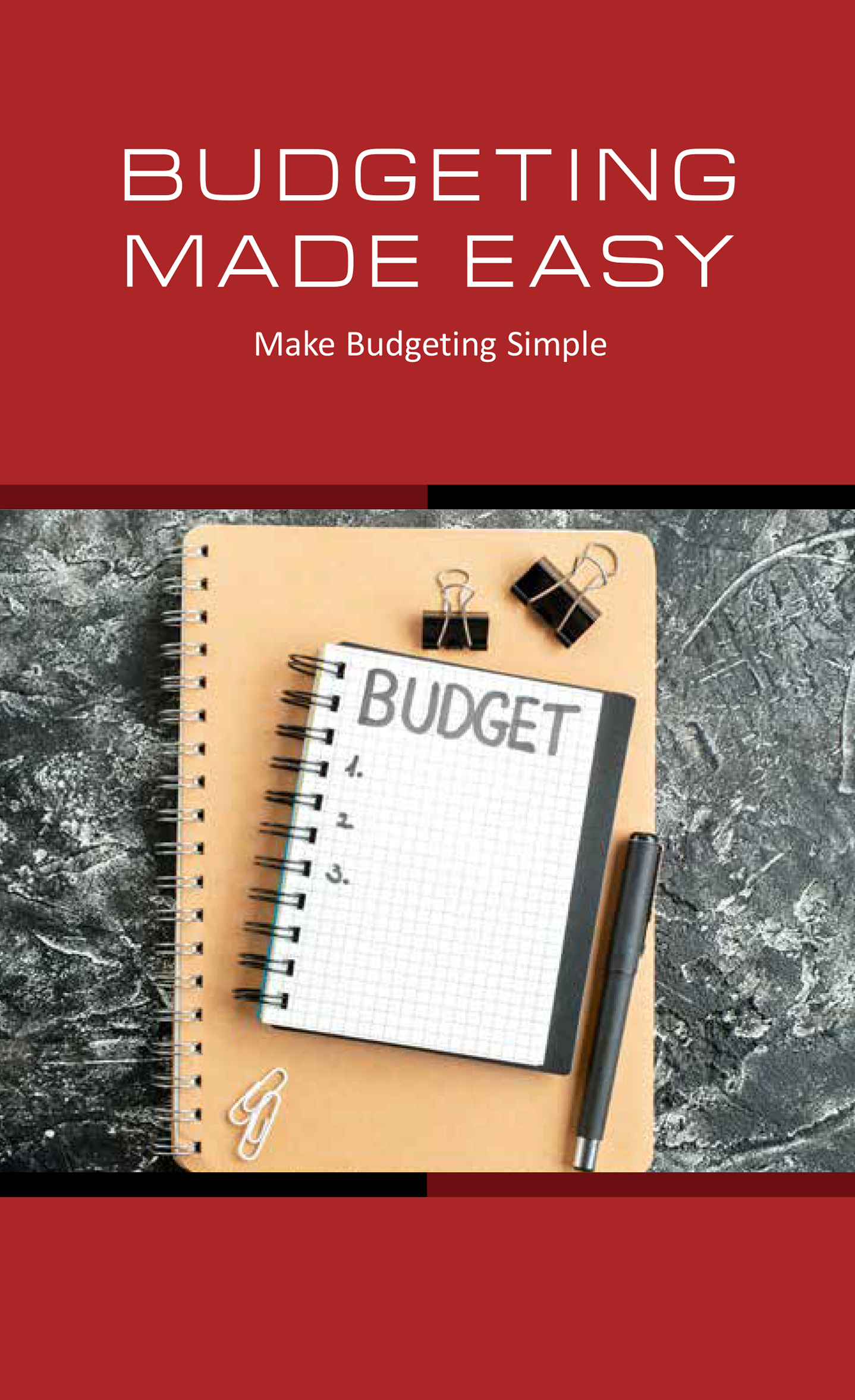Gain insight into your spending habits.
Every household spends money in different ways. It depends on a number of factors such as: what you do for a living, where you work, where you live and what you own or are paying off.
However, examining general spending guidelines is still useful. They can pinpoint areas where you are overspending and areas where you can cut back and save extra money.
Before we go any further let’s test your skills on this subject.
KOFE Break!
Test your know-how before you start to see how much help you need. Can you skim this section or do you need to take some time on this topic?
How much money should you put into savings every month?
A. 2% of each paycheck
B. 10% of each paycheck
C. Any free cash you have left over at the end of the month
D. Whatever you can dig out of the couch and find on the floorboards of your car
What’s the most important thing your budget needs to be?
A. Fair
B. Balanced
C. Impenetrable
D. Aspirational
General spending guidelines for your budget

The purpose of these guidelines
Remember, these guidelines are general. Allocating funds to different sections of the guidelines varies for everyone. Some families may spend more money on clothing and food and others on transportation.
These guidelines give you an estimate of what is generally spent on each category. The categories where you spend more than what is shown should be the areas you target first for cutting expenses. That’s the purpose – identifying areas where you can save money.
Don’t take the guidelines too seriously
These percentages are not literal. Some people may live in Manhattan, so they obviously spend more money on housing than someone living in Butte, Montana. The people living in Manhattan may not own a car, though. They travel using public transportation. People in Butte may have two car loans, but their home costs a fraction compared to a Manhattan condo.
So in the end, it all balances out. The point here is that building a budget varies, but regardless of the variations, you must still work toward a balanced budget that is effectively saving you money.
What to do if your numbers are different
If your percentages are wildly different than the guidelines because of some unique circumstances, don’t worry. Create your own guidelines – as long as they fit into your budget. You can then use these guidelines as a comparison model. If your spending becomes excessive in certain categories, you can then identify the problem and fix it quickly.



















